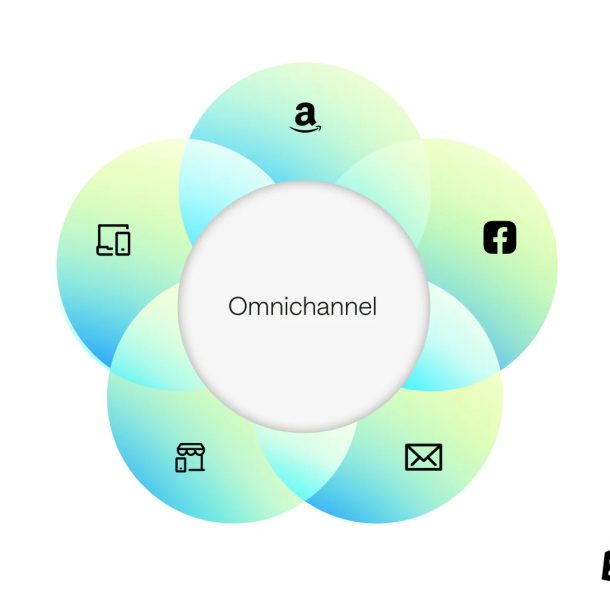
Adapting to Consumer Trends: Staying Ahead in a Competitive Market
In today’s fast-evolving marketplace, businesses that fail to adapt to consumer trends risk losing relevance and market share. With changing customer preferences, emerging technologies, and shifting industry landscapes, companies must proactively identify trends and integrate them into their strategies. This article explores actionable insights to help businesses stay ahead of the curve and maintain a competitive edge.

Understanding Consumer Behavior: The Key to Adaptation
Modern consumers are more informed than ever, researching products, comparing prices, and reading reviews before making a purchase. To keep up with these expectations, businesses should leverage data-driven insights to understand what influences customer decisions. Tools like Amazon’s Retail Analytics provide valuable data on purchasing trends, allowing brands to anticipate demand and optimize product offerings.
Ways to Analyze Consumer Behavior:
Monitor Search Trends: Use platforms like Google Trends to track what consumers are actively searching for.
Engage on Social Media: Platforms such as TikTok, Instagram, and Facebook provide real-time feedback on trending products and consumer preferences.
Leverage AI and Machine Learning: Implement predictive analytics to identify emerging trends before they peak.
Embracing E-Commerce and Omnichannel Strategies
With e-commerce growth at an all-time high, businesses must establish a strong online presence. Adopting an omnichannel approach ensures seamless customer experiences across multiple platforms, from brick-and-mortar stores to online marketplaces like Amazon and Walmart Marketplace.
Key Strategies for Omnichannel Success:
Optimize Mobile Shopping: With over 70% of e-commerce traffic coming from mobile devices, ensuring mobile-friendly websites and apps is critical.
Leverage Social Commerce: Platforms like Instagram Shopping and Facebook Marketplace make it easy for consumers to purchase directly through social media.
Implement Buy Online, Pick Up In-Store (BOPIS): This hybrid model enhances customer convenience and increases foot traffic to physical locations.
Personalization: The Future of Customer Engagement
Consumers now expect personalized experiences that cater to their preferences. Companies using AI-powered recommendations, dynamic content, and targeted marketing campaigns see higher engagement and conversion rates. Leading brands like Shopify offer AI-driven solutions to tailor product suggestions and enhance customer journeys.
How to Implement Personalization:
Segment Your Audience: Use data analytics to group customers based on demographics, interests, and purchasing behavior.
Automate Email Marketing: Personalized email campaigns drive higher engagement and sales.
Use Dynamic Content: Adapt website banners, product recommendations, and landing pages based on user behavior.

Sustainability and Ethical Consumerism
Sustainability is no longer a niche trend—it’s a mainstream expectation. Consumers are actively seeking eco-friendly products and brands with ethical sourcing practices. According to Shopify’s Future of Commerce Report, businesses with sustainable practices experience increased customer loyalty and stronger brand trust.
Sustainable Business Practices to Adopt:
Eco-Friendly Packaging: Reduce waste by using biodegradable or recyclable materials.
Transparent Sourcing: Clearly communicate the origins and sustainability efforts of your products.
Carbon-Neutral Shipping: Offer customers the option to offset their carbon footprint at checkout.
Leveraging Technology and Automation
From AI-powered chatbots to voice search optimization, technology is transforming how businesses interact with customers. Investing in automation tools streamlines operations and enhances efficiency. Market leaders like Amazon Web Services (AWS) provide scalable solutions for inventory management, data analytics, and customer service automation.
Emerging Technologies to Watch:
Voice Commerce: Optimize product listings for voice search as devices like Alexa and Google Assistant gain popularity.
Augmented Reality (AR): Allow customers to visualize products in real-world settings before purchasing.
AI Chatbots: Improve customer support with instant, AI-driven responses.
Conclusion: Staying Agile in a Dynamic Market
Adapting to consumer trends is an ongoing process that requires agility, innovation, and a customer-centric mindset. Businesses that leverage data insights, omnichannel strategies, personalization, sustainability, and technology will position themselves as industry leaders. By staying proactive and continuously evolving, brands can not only meet consumer expectations but also create lasting customer relationships.
For more insights on e-commerce trends and strategies, explore the latest resources from Amazon Seller University and Shopify’s Business Blog.














